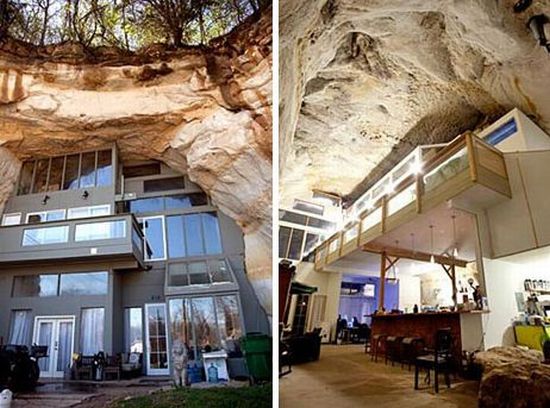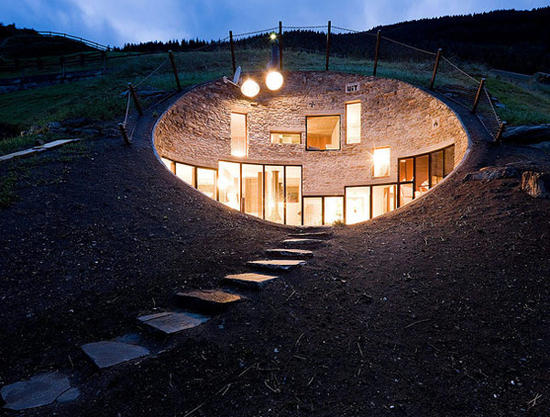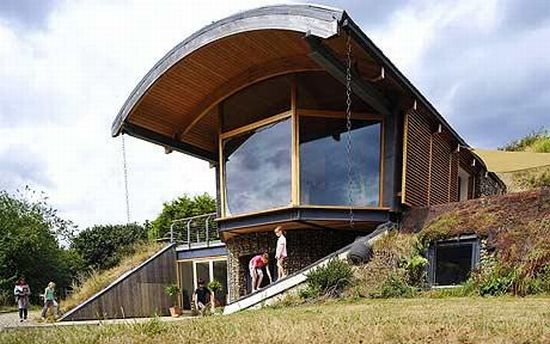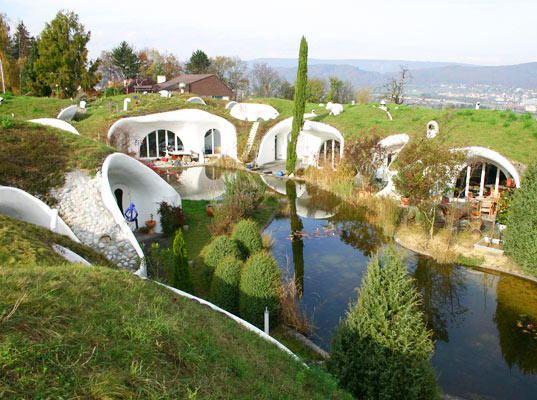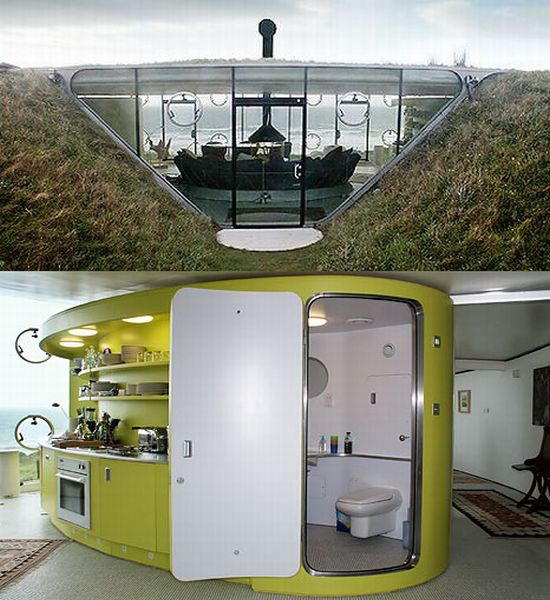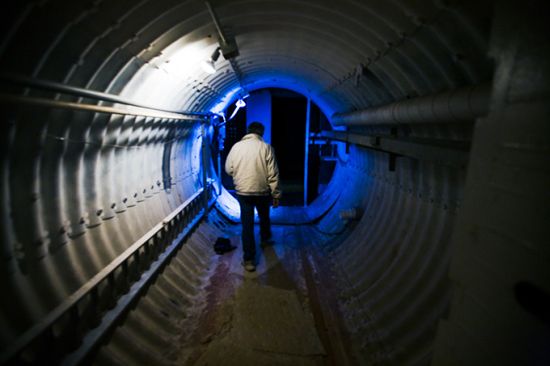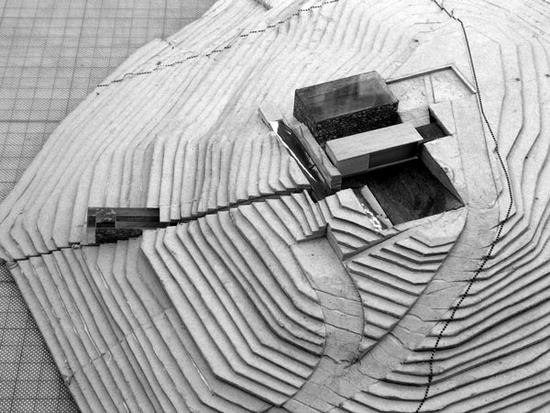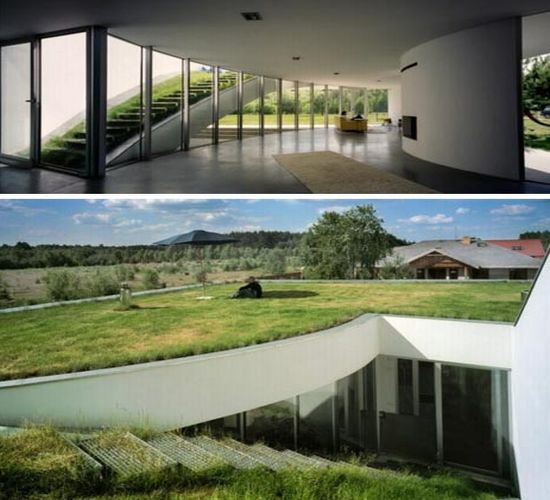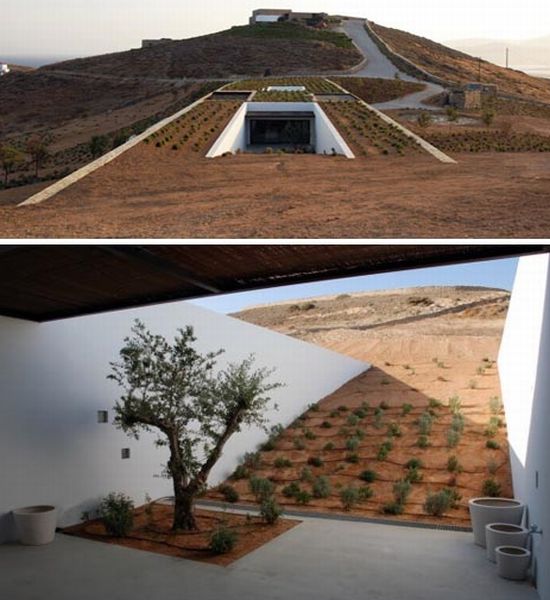ADVANCED CONCEPTS:
Kendo is a lifelong pursuit of mastering fundamentals (kihon), techniques (waza),
and key concepts.
Key Concepts
 Ki Ken Tai no Ichi: Literally, spirit-sword-body as one. This seemingly simple statement
takes many years of diligent effort to achieve.
Ki Ken Tai no Ichi: Literally, spirit-sword-body as one. This seemingly simple statement
takes many years of diligent effort to achieve.
Gan Soku Tan Riki: The four key elements of kendo:
Gan (sight): the ability to see your opponents, not just their physical presence
but also their character, feelings, and intentions.
Soku (footwork): the movement of the body.
Tan (courage): one's spirit and attitude toward one's self and fellow human beings.
Riki (power): the ability to put into practice ki-ken-tai no ichi to produce powerful
strikes and a powerful presence.
Kyo Ku Gi Waku: The four things you must conquer:
Kyo (surprise): do not be startled or taken by surprise.
Ku (fear): do not let awe of your opponent or fear of failure overcome you.
Gi (doubt): do not hesitate or enter into half-hearted action.
Waku (confusion): do not let your mind wander and become disordered.
Seme: Literally, to attack. Seme means to apply pressure to your opponent. There
are three basic kinds of seme:
Ki o korosu: break the opponent's spirit
Waza o korosu: kill the opponent's technique, for example, by changing the distance.
Ken o korosu: kill the sword, for example, by knocking the shinai to the side.
Datotsu no Kikai: Literally, chance to strike. The five most important chances are:
Debana: as your opponent's attack is beginning.
Waza ga owaru toki: when the opponent's attack is finished.
Itsuka toki: when the opponent has settled. Observe patterns of breathing or movement.
Uke tometa toki: after a block or parry.
Mato toki: when the opponent is uncertain.
Mittsu no Sen. The three basic categories of counter-attack:
Sen sen no sen: before the opponent attacks (e.g. debana waza).
Sen zen no sen: when the opponent's attack has begun but can be avoided (e.g. nuki
waza).
Sen go no sen: when the opponent's attack has begun but can be countered with a
parry (e.g. suriage waza, kaeshi waza, or uchi otoshi waza).
Maai
The distance between self and the opponent. The ability to control this distance,
and to apply techniques appropriate to a particular distance, is a measure of the
maturity of the kenshi. The basic kinds of maai are:
To ma: far distance
Issoku itto no ma: the distance from which one can strike the opponent with one
motion
Chika ma: close distance
There are two broad categories of waza, shikake waza and oji waza.
Shikake Waza (Offensive Techniques)
Ippon uchi (single hit technique), includes men, do, kote, tsuki
Nidan waza, sandan waza (two and three-step techniques), includes: kote-men, kote-do,
kote-men-do, etc.
Harai waza (warding off technique), includes harai-men, harai-kote
Debana waza (attack-at-the-start technique), includes debana men, debana kote
Hiki waza (stepping back technique), includes hiki men, hiki kote, hiki do
Katsugi waza (shouldering-the-sword technique)
Maki waza (rolling-the-shinai technique)
Katate waza (single-hand technique)
Oji Waza (Receiving Techniques)
Suriage uchi (sliding upward technique), includes men-suriage men, kote-suriage
kote, kote-suriage men
Kaeshi waza (block-counter technique), includes men-kaeshi do, men-kaeshi men,
kote-kaeshi kote
Uchiotoshi waza (striking-down technique), includes do-uchiotoshi men
Nuki waza (avoiding technique), includes kote-nuki men, men-nuki do
The mindset of Kendo.
 “The Mindset of Kendo Instruction” and its explanation
“The Mindset of Kendo Instruction” and its explanation
The Significance of the Shinai: For the correct transmission and development of Kendo,
efforts should be made to teach the correct way of handling the shinai in accordance
with the principles of the sword.
Kendo is a way where the individual cultivates one’s mind (the self) by aiming for
shin-ki-ryoku-itchi (unification of mind, spirit and technique) utilizing the shinai.
The “shinai-sword” should be not only directed at one’s opponent but also at the
self. Thus, the primary aim of instruction is to encourage the unification of mind,
body and shinai through training in this discipline.
Reiho - Etiquette: When instructing, emphasis should be placed on etiquette to encourage
respect for partners, and nurture people with a dignified and humane character.
Even in competitive matches, importance is placed on upholding etiquette in Kendo.
The primary emphasis should thus be placed on instruction in the spirit and forms
of reiho (etiquette) so that the practitioner can develop a modest attitude to life,
and realize the ideal of koken-chiai (the desire to achieve mutual understanding
and betterment of humanity through Kendo).
Lifelong Kendo: While providing instruction, students should be encouraged to apply
the full measure of care to issues of safety and health, and to devote themselves
to the development of their character throughout their lives.
Kendo is a “way of life” that successive generations can learn together. The prime
objective of instructing Kendo is to encourage the practitioner to discover and define
their way in life through training in the techniques of Kendo. Thus, the practitioner
will be able to develop a rich outlook on life and be able to put the culture of
Kendo into use, thereby benefitting from its value in their daily lives through increased
social vigour.
 Summary:
Summary: 













 Ki Ken Tai no Ichi: Literally, spirit-
Ki Ken Tai no Ichi: Literally, spirit- “The Mindset of Kendo Instruction” and its explanation
“The Mindset of Kendo Instruction” and its explanation 

